By Adam Ochs Fleischer
This installment is significant in that it marks the first time a photographer’s identity and use of a backdrop was discovered through period images of the photographer himself alongside the actual backdrop he used when taking portraits of Civil War soldiers. All examples previously examined in this column were identified by matching a backdrop shown in a tintype or ambrotype portrait with a carte de visite displaying the same backdrop. Since images produced in the carte format customarily have a photographer’s name and location printed on the reverse, it has been the simplest and most direct method of backdrop identification.
In this case, we were luckily aided by the aforementioned images, which establish a definitive association by showing the photographer and backdrop together.
The Photographer
William Kunstman (sometimes Kunsman), was born in 1821. A native of Northampton County, Pa., Kunstman is listed on census reports and a military draft registration as being a painter.
It is possible Kunstman moonlighted as a photographer during the daguerreian era. While not particularly well known by researchers and collectors, Kunstman did produce a photographic body of work during the war. Listed as the official photographer for the Army of the Potomac’s 11th Corps, 1st Division, he also documented Washington, D.C., and the surrounding area.
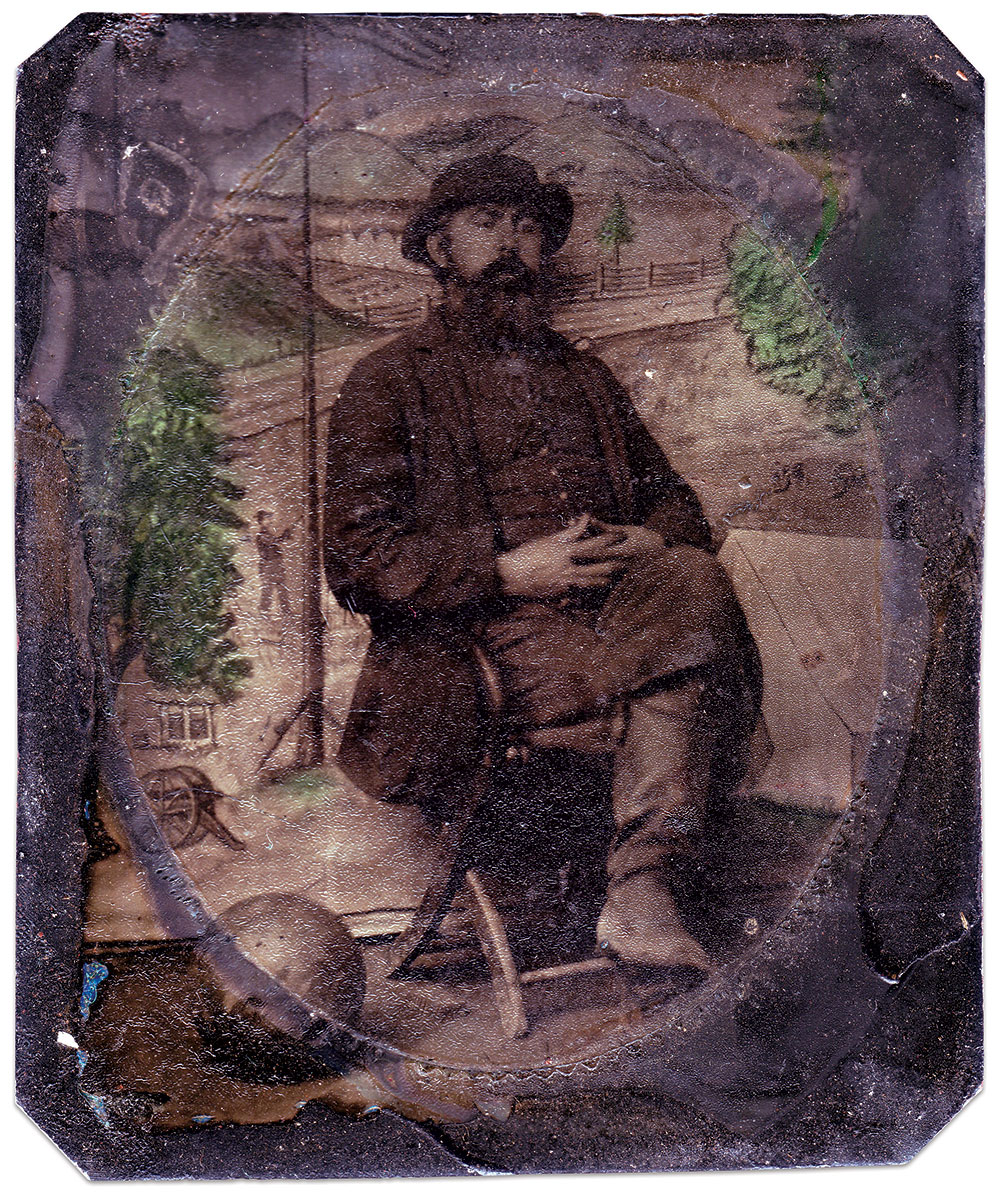
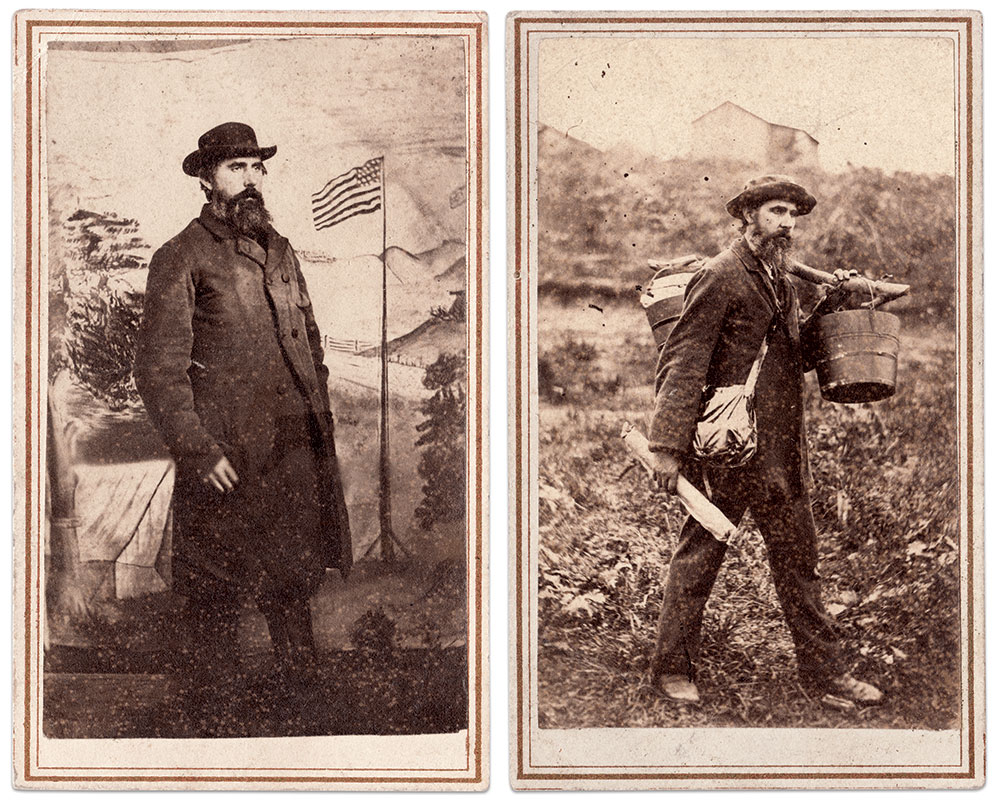
Though Kunstman is noted in one source as using his army photographer’s designation and title on cartes de visite as an imprint, I have yet to find an example. After the war, Kunstman seems to have returned to his previous occupation as a painter. He died of Bright’s Disease in 1907.
The Location
Surviving correspondence suggests Kunstman primarily worked as an itinerant photographer during the war. Like many others, he seems to have followed the movements of the army and plied his trade as opportunity arose. Despite being an official division photographer, several identified portraits by Kunstman indicate he was not just taking photographs of soldiers in the 11th Corps, 1st Division. His work and correspondence strongly indicate that he was primarily in the Capital area and Pennsylvania during the war.
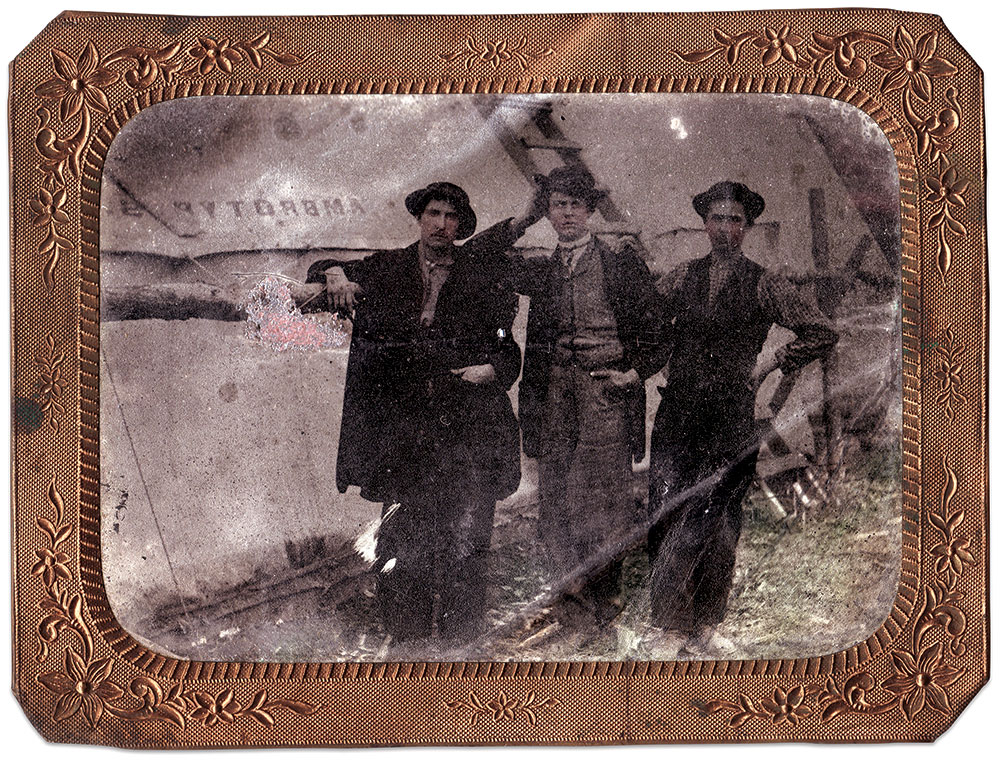
The Backdrop
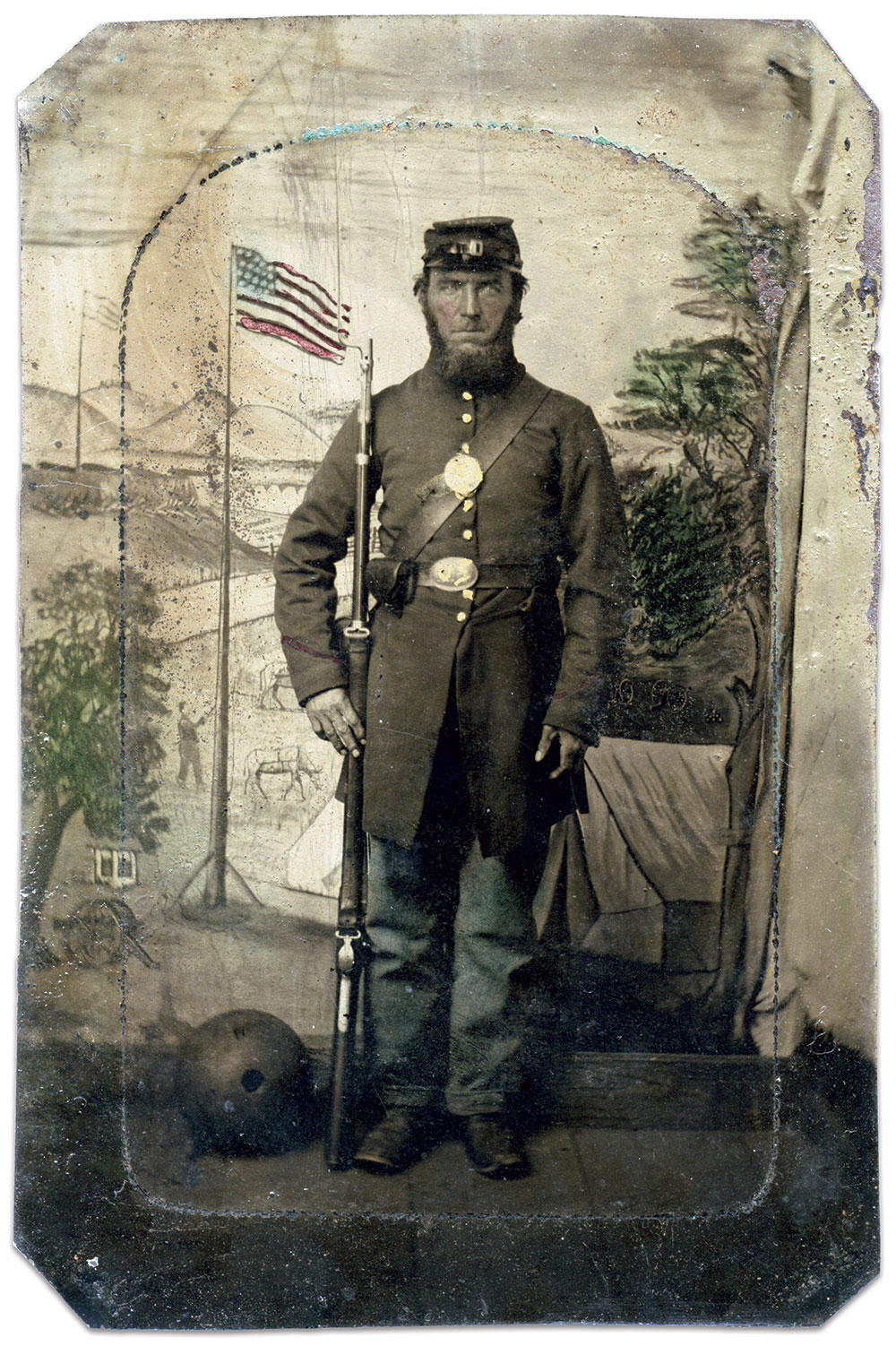
Since Kunstman was a painter by trade, it has been speculated he designed and painted his backdrop. Kunstman’s occupation may just have been evidence of an artistic proclivity, and doesn’t necessarily mean he also produced the backdrop. However, Kunstman also produced backdrops for taxidermy displays exhibited by the famed naturalist William H. Werner. This lends strong credence to the theory. Interestingly, Werner was Kunstman’s son-in-law and photographic assistant during the war. Since Werner also painted, perhaps he was actually the artist who produced the backdrop. Both men are likely candidates.
The backdrop itself is reminiscent of others used in the Eastern Theatre. It features military tents, soldiers on sentry, a cannon, hills in the background and a tree in the foreground. Two American flags are shown fluttering high in the breeze—fairly standard fare for an Army of the Potomac backdrop.
A distinguishing feature of Kunstman’s portraits is that they all show what appears to be a real cannonball, usually placed on the ground next to or before the subject(s). This highly unusual prop is an easy tell for the reader to recognize “Kunstman’s Cannonball” backdrop.
Views of the Unfinished Capitol Building Dome
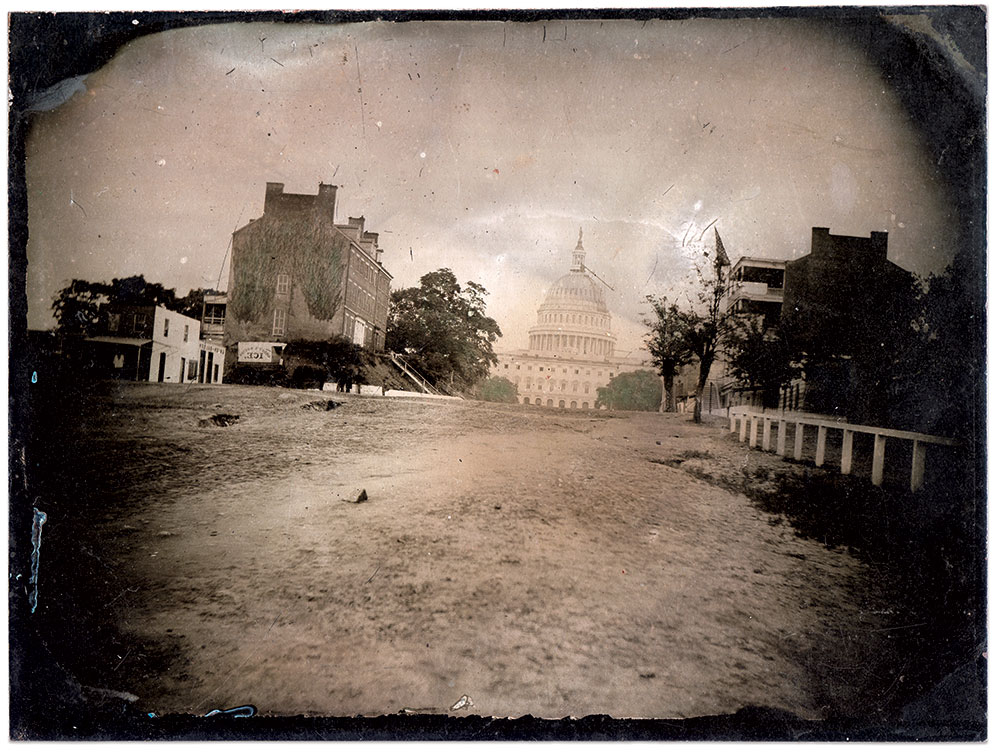
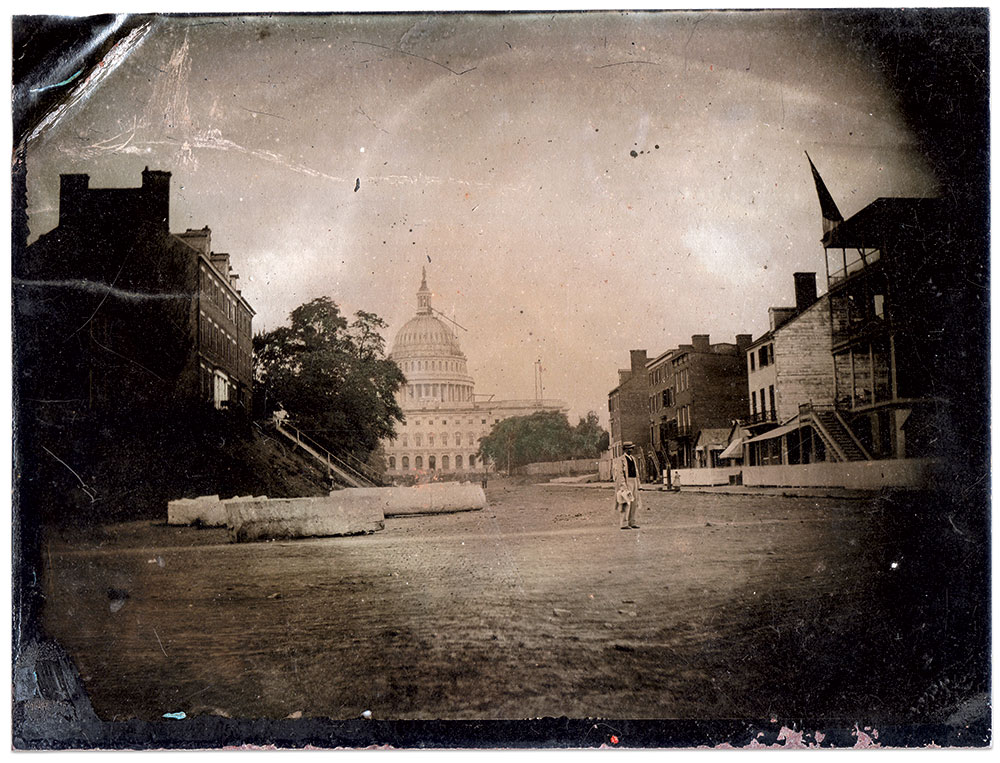
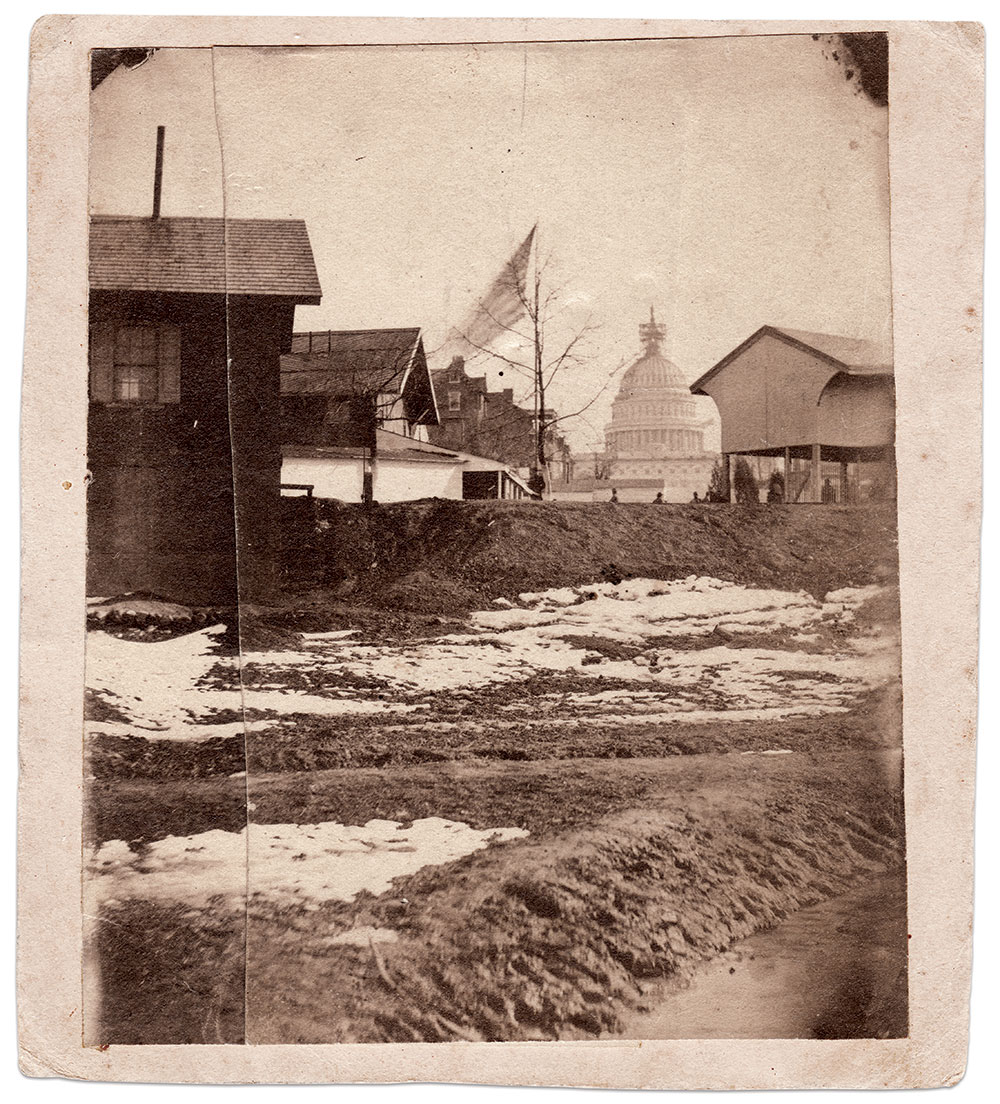
Special thanks to Kyle L. Miller for generously sharing the photographers taken by his fourth great-grandfather.
Adam Ochs Fleischer is a passionate researcher of Civil War photography and an admitted image “addict.” He began collecting in high school and quickly became obsessed. He lives in Columbus, Ohio.
SPREAD THE WORD: We encourage you to share this story on social media and elsewhere to educate and raise awareness. If you wish to use any image on this page for another purpose, please request permission.
LEARN MORE about Military Images, America’s only magazine dedicated to showcasing, interpreting and preserving Civil War portrait photography.
VISIT OUR STORE to subscribe, renew a subscription, and more.

